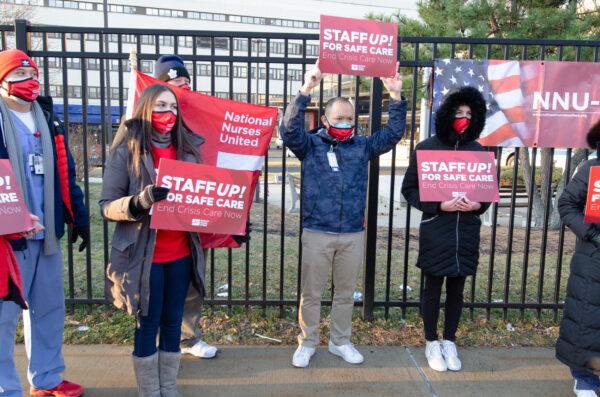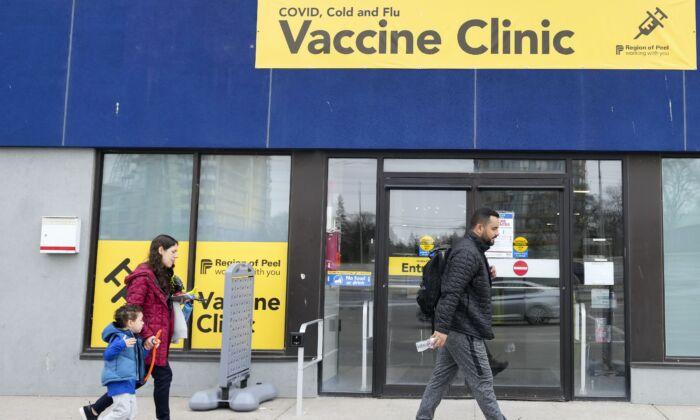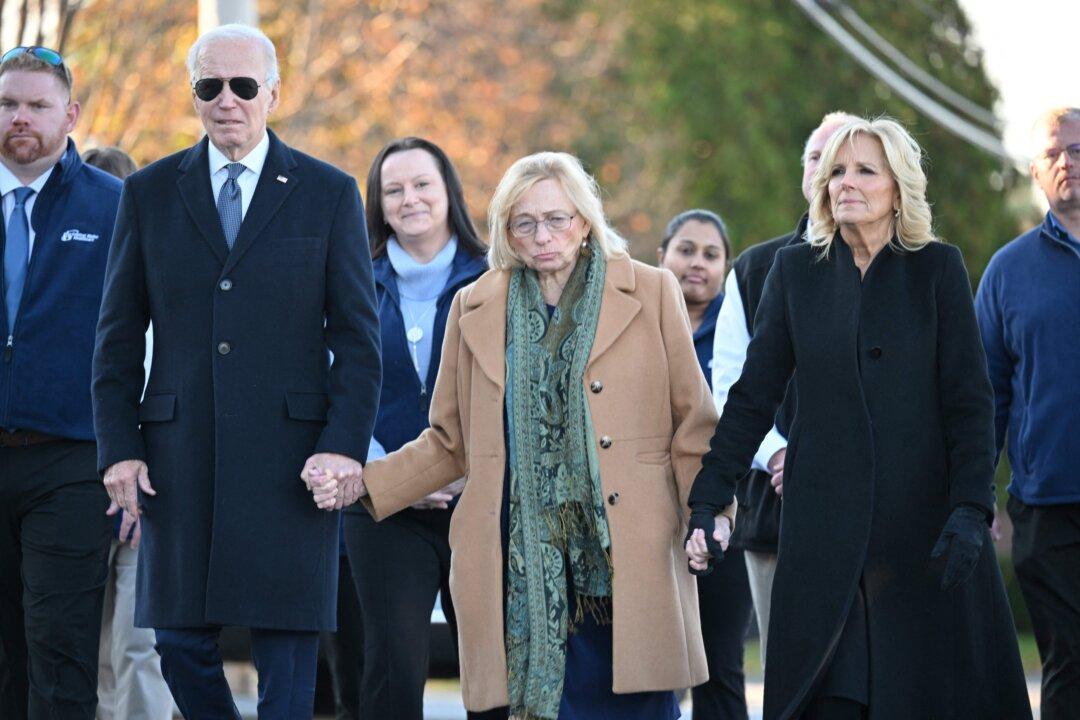As the COVID-19 emergency declaration expires, health care providers and payers face challenges that existed before COVID but were accelerated by the pandemic.
According to George Hill, managing director of Deutsche Bank, the health care industry is facing the same increased costs, inflation, staffing issues, and supply chain problems that other industries are dealing with.
“From a health system perspective, they’ve been hit from all sides,” said Hill.
Hill was part of a webinar hosted by the USC-Brookings Schaeffer Initiative for Health Care Policy, “Wall Street Comes to Washington health care roundtable.” The April 11 online meeting was the 27th event designed to “bridge the worlds of Wall Street and Washington health policy,” according to the Brookings website.
The event was moderated by Paul B. Ginsburg non-resident senior fellow of the Brookings Institution.

While the panelists agreed that the health care industry is facing severe challenges, there are also great possibilities.
Telehealth, licensing compacts between states, and expansion of programs for the uninsured, all begun in response to the pandemic, will likely be around in some form permanently.
Ann Hynes, managing director for Mizhuo, said one of the biggest challenges facing the health care industry is a shortage of nurses. Before the pandemic, America faced a critical fall in the nursing field.
Increased workloads due to the pandemic left many nurses feeling overworked, over-stressed, and underappreciated.
“You had long-time nurses resigning and becoming travel nurses,” Hynes said.

Pre-pandemic travel nurses earned an average of $75 per hour. Demand during the pandemic drove this to $200 per hour. Base wages for a nurse in a hospital jumped from an average of $35 to $45 per hour to almost $52 per hour.
Others left the profession. The average nurse during the pandemic was 52 years old. So, nurses who couldn’t travel retired or found jobs elsewhere.
Hynes said that the situation is beginning to stabilize. But there are still many temporary employees at hospitals, and compensation is still an issue in many places.
Regarding compensation, Hill said many care providers and insurers are considering plans that will likely result in higher consumer premiums.
Hill pointed out that reimbursement rates between insurers and providers are generally fixed. They were also negotiated before the pandemic, the current inflation rate, and increased interest rates. Providers have had to be resourceful with staffing and other higher cost-of-doing-business issues.
Can’t Push Increases Downstream
The panelists said that many pandemic-era programs could be adjusted to meet expenses and ensure care is delivered more efficiently and cost-effectively.Jailendra Singh, a managing director at Truist Securities, pointed out that telehealth caught on before the pandemic and became the preferred method for many doctors and patients once COVID-19 took hold. As the country draws closer to the end of the emergency declaration, Singh said when telehealth appointments are suitable and how they are paid for will need to be worked out between insurers and providers.
According to Singh, since a telehealth appointment doesn’t require a patient to go to a doctor’s office, the insurance company may not be willing to pay the standard office visit fee. Doctors have countered that their expense is the same regardless of the patient’s location.
“We’ll see where we settle down,” Singh said.
Up to 14 Million Set to Lose Medicare
While overall utilization was down during the pandemic, the government temporarily opened the programs to those who previously did not qualify for them, partially making up for the decreased utilization. With the expiration of the emergency declaration, up to 14 million people could lose that coverage.Hynes said the impact would differ from state to state. She noted that states that set up marketplaces under the Affordable Care Act would be better able to help those dropped from the rolls find coverage.
She added that managed care systems, insurance companies, and hospitals would also be available to assist.
“I do think that there will be outreach on everyone’s part,” she said.
Singh agreed with much of what Hynes said but was less optimistic about how it would work. He said many of the people on the rolls would likely be challenging to reach and won’t look for coverage right away. He expects some disruptions in the industry for several months.
Ricky Goldwasser is a managing director with Morgan Stanley. She agreed that the past several years have been tumultuous and expects that to continue. But, she said, change often comes with disruption. She sees all the changes as growth.
“We’re still in the very early innings in some very exciting things that are coming,” said Goldwasser.






Friends Read Free